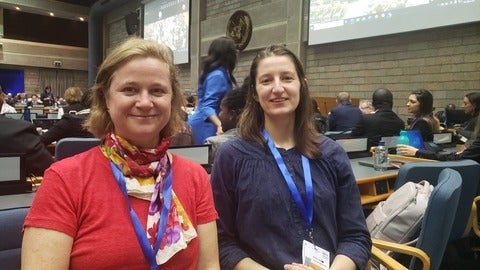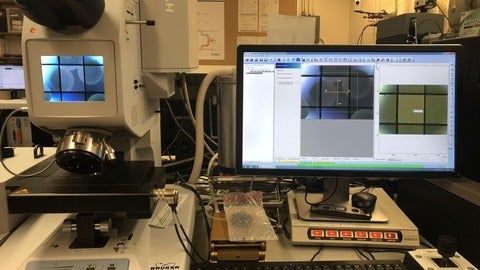
Home
Welcome to the Microplastics Fingerprinting project
Plastics pollution is a global and growing environmental hazard with potentially far-reaching consequences for food webs, biodiversity, ecosystem services and human well-being. Of particular concern are microplastics because their small sizes enhance their mobility, toxicity to wildlife, and capacity to leach potentially dangerous contaminants.
The Microplastics Fingerprinting at the watershed scale: from sources to receivers projectseeks to better understand the sources, transport, fate and exposure risks of microplastics at a watershed scale in the lower Great Lakes. In doing so, we hope to inform program and policy approaches that can mitigate risks posed by plastic debris in the environment.
The project will analyze the reactivity and breakdown of microplastics in river systems and reservoirs, quantify the loads of microplastics delivered to the lower Great Lakes, optimize microplastics elimination in wastewater treatment plants, and determine the abundance and diversity of microplastics in drinking water sources.
This project is supported by the NSERC Alliance Grant competition on plastics science for a cleaner future. The project will contribute to Canada’s Plastics Science Agenda (CaPSA).
To receive regular updates about the project, please sign up for our newsletter, delivered to your inbox every other month.
News
Microplastics Fingerprinting project joins world leaders at global plastic pollution negotiations
As a representative of the Microplastics Fingerprinting project, I had the chance to join world leaders in Kenya this past November at the third negotiation session for the Global Plastics Treaty. Led by the United Nations Environment Assembly (UNEA), the meeting was part of an effort to develop an international legally binding instrument on plastic pollution. I was invited to join as part of the Environmental Defence delegation, one of our project partners.
Researcher Profile: Meet Hang Nguyen
Hang Nguyen is a Master’s student in the Ecohydrology Research Group at the University of Waterloo. The lab is run by Professor Philippe Van Cappellen who is the Principal Investigator on the Microplastics Fingerprinting project.
Introducing PlasticNet, a new AI tool for identifying environmental microplastics
A recent article published by members of the Microplastics Fingerprinting research team introduces a new AI tool they developed and tested called PlasticNet. The tool uses a deep learning convolutional neural network architecture to identify microplastics using images obtained from infrared spectroscopy.


